Fallen Angels
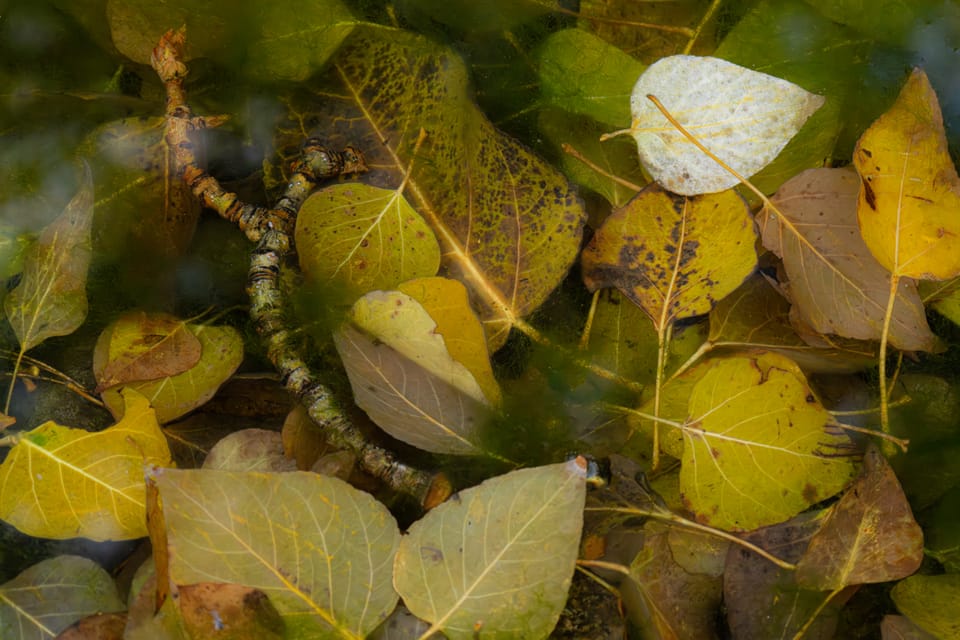
The ethereal realm of fluttering leaves completely transforms in the fall as these windblown bits of magic plummet to earth and become part of something much larger.
Everywhere I walk at this time of year, the ground is thickly carpeted in leaves. It's fascinating to watch them slowly break down and decompose, and their contribution to compost is well known to any gardener. But, out of sight, and less well known, fallen leaves also play an incredible role in stream ecology.
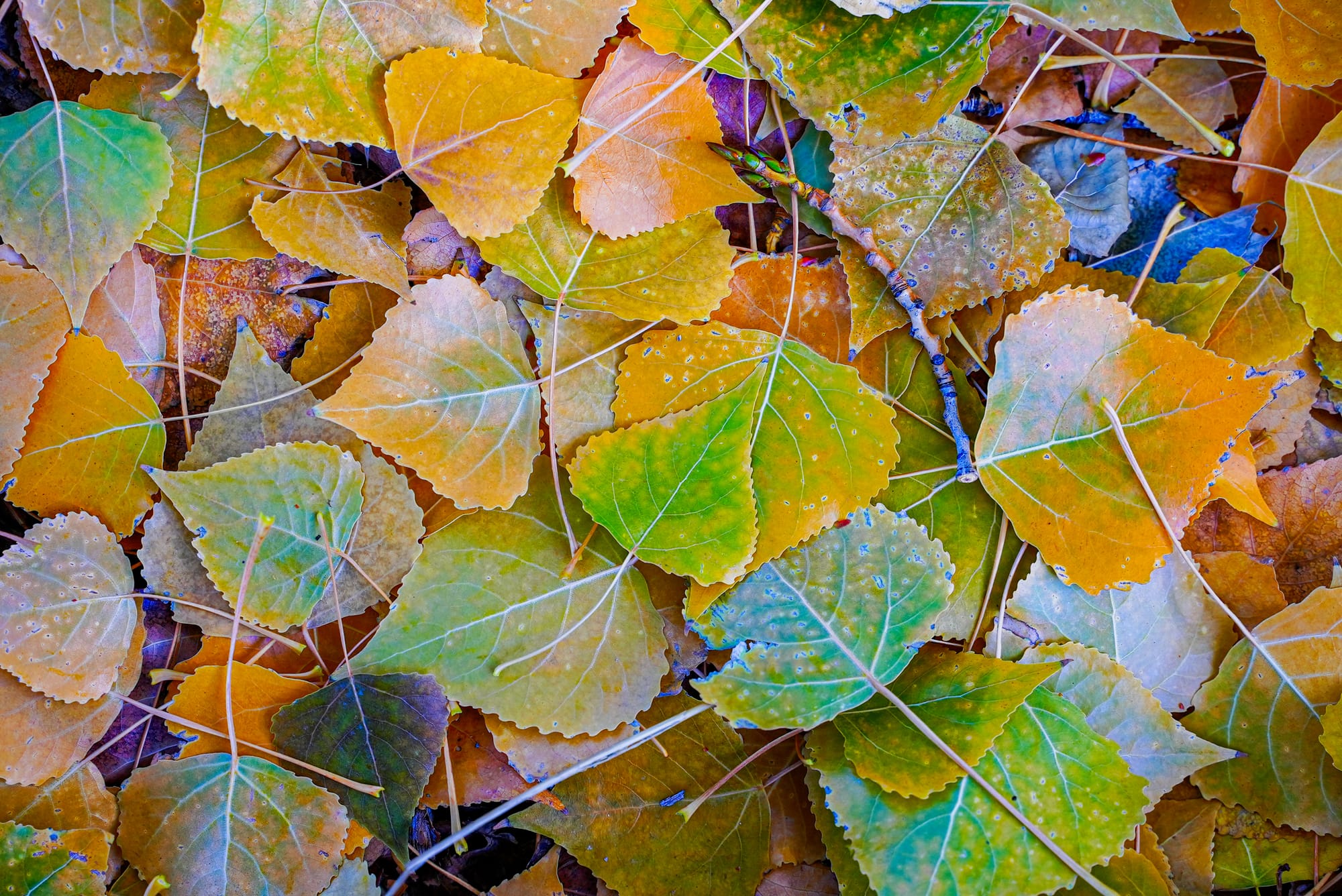
When leaves accumulate in water, it might look messy, but it's a sign of health. In fact, a stream with no fallen leaves is as good as dead because fallen leaves are the fundamental source of energy for the entire food chain that exists in and around the stream.
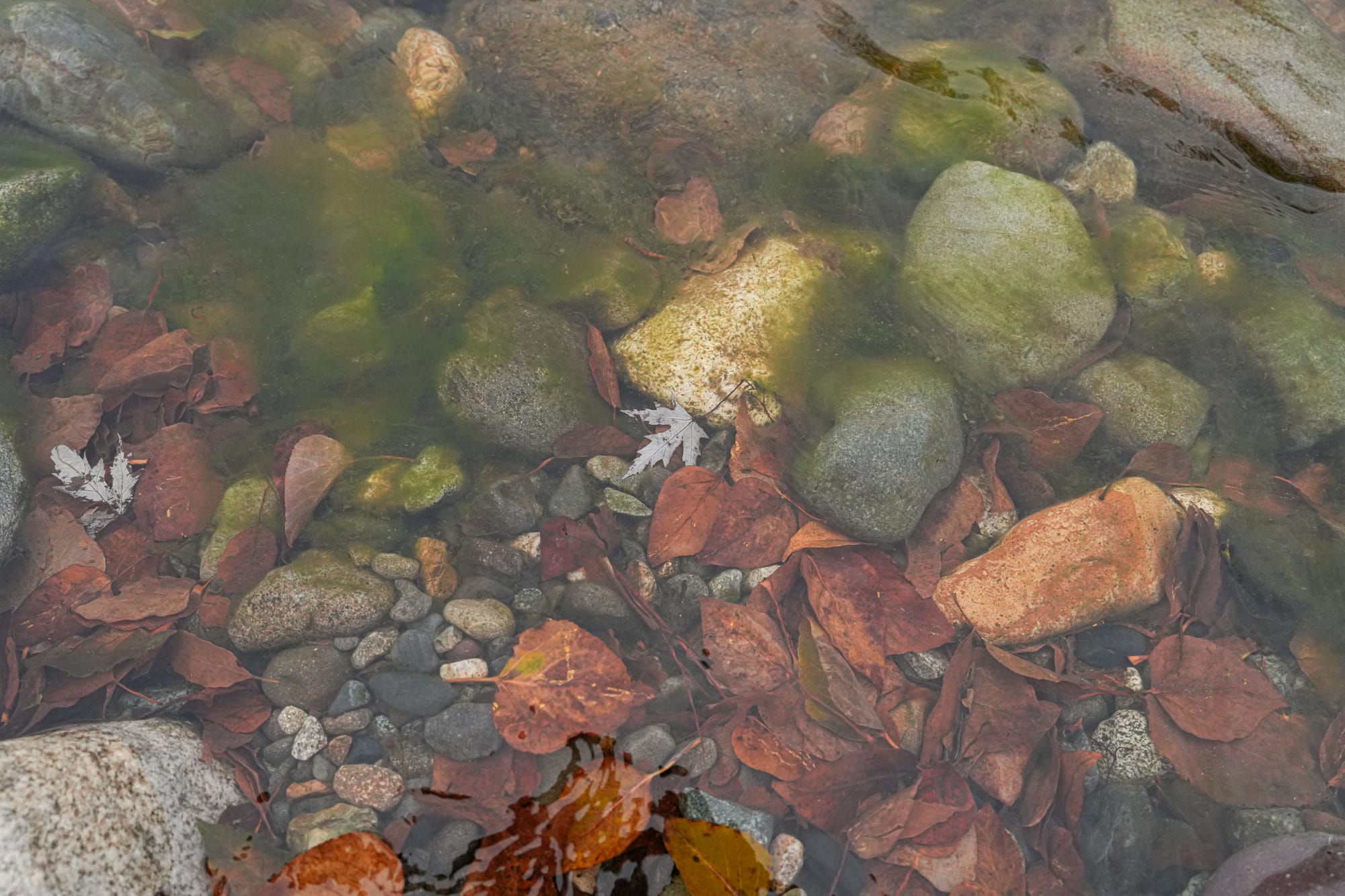
Why is this? While streams have some built-in sources of food, the bulk of the organic matter that powers aquatic food chains comes from external sources, namely the leaves (and branches) that fall into the water from streamside plants.

Leaves are comprised of complex carbohydrates, minerals, and a variety of chemical compounds. And as soon as a leaf falls in the water, these components begin to break down, with a long lineup of organisms waiting to process and hand off these elements in an incredibly complicated choreography.
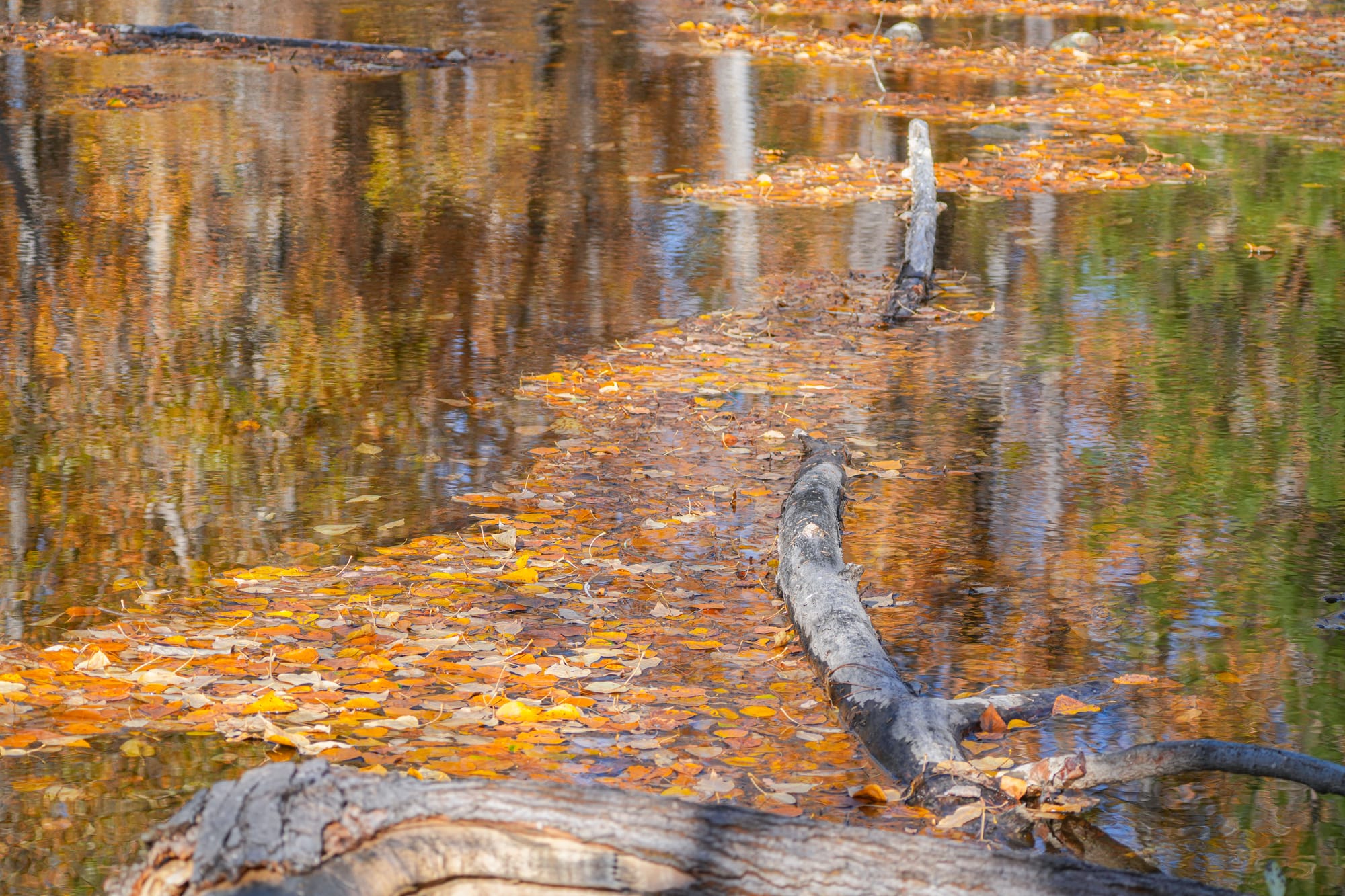
However, the bonanza of food stored in a leaf isn't available until the leaf is first transformed. Within 10 days of falling in the water, a leaf is colonized by aquatic fungi whose hyphae penetrate the leaf, softening the tissue and adding nitrogen and protein that will make the leaf palatable to detritus eaters.
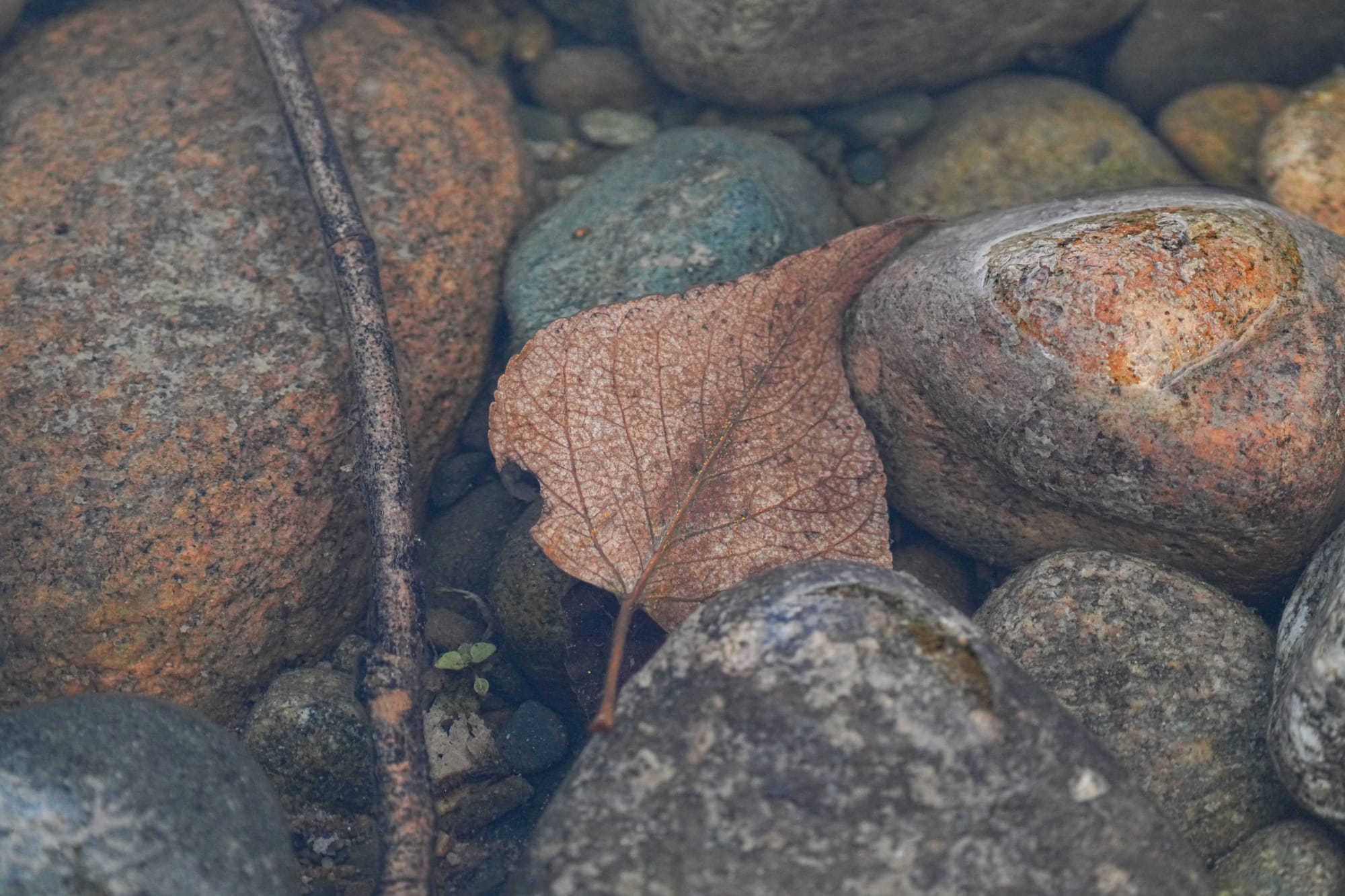
As the fungal breakdown proceeds, bacteria begin invading the leaf, attacking surfaces prepared by fungi and hitching rides on fungal hyphae as they penetrate the interior of the leaf.

This combination of fungi, bacteria, and increasingly fragmented leaf particles soon attracts a group of aquatic invertebrates with strong mouthparts that are known as shredders. While the larvae of aquatic insects like caddisflies and stoneflies cannot eat whole leaves, they have evolved to nibble on leaf fragments produced by fungi and bacteria.
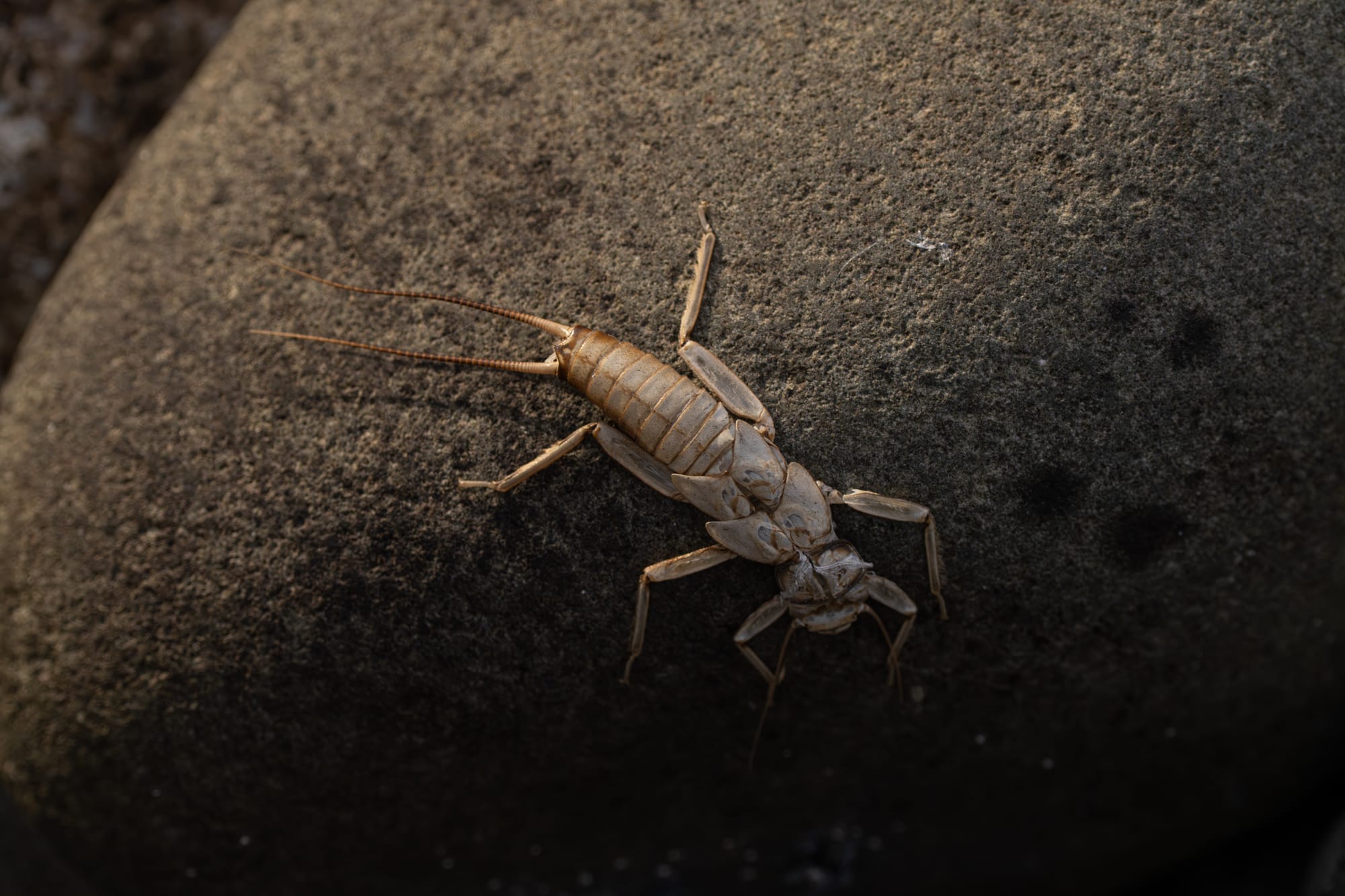

In turn, shredders are messy eaters that leave behind (and poop out!) many smaller fragments that are then eaten by another group of aquatic invertebrates known as collectors. Collectors include the larvae of superabundant insects like mayflies and midges, and you can already begin to see how fallen leaves build food chains that feed every organism from bacteria to bears and bald eagles.
Hundreds of papers have been written on this topic, and these aquatic food webs are one of the best-known aspects of stream ecology. However, this is just the tip of the iceberg because I want to mention a few other aspects of this story.

While fallen leaves provide energy to aquatic food chains, not all leaves provide the same benefits. Each plant growing along a stream provides different kinds of nutrients over different time spans. Some leaves break down quickly, while other leaves break down slowly, releasing peaks of nutrients over the course of the entire year. Not only are there key differences between species, but individual plants of the same species can have even sharper differences. What this means in practical terms is that the variety of plants growing along a stream is what matters most.
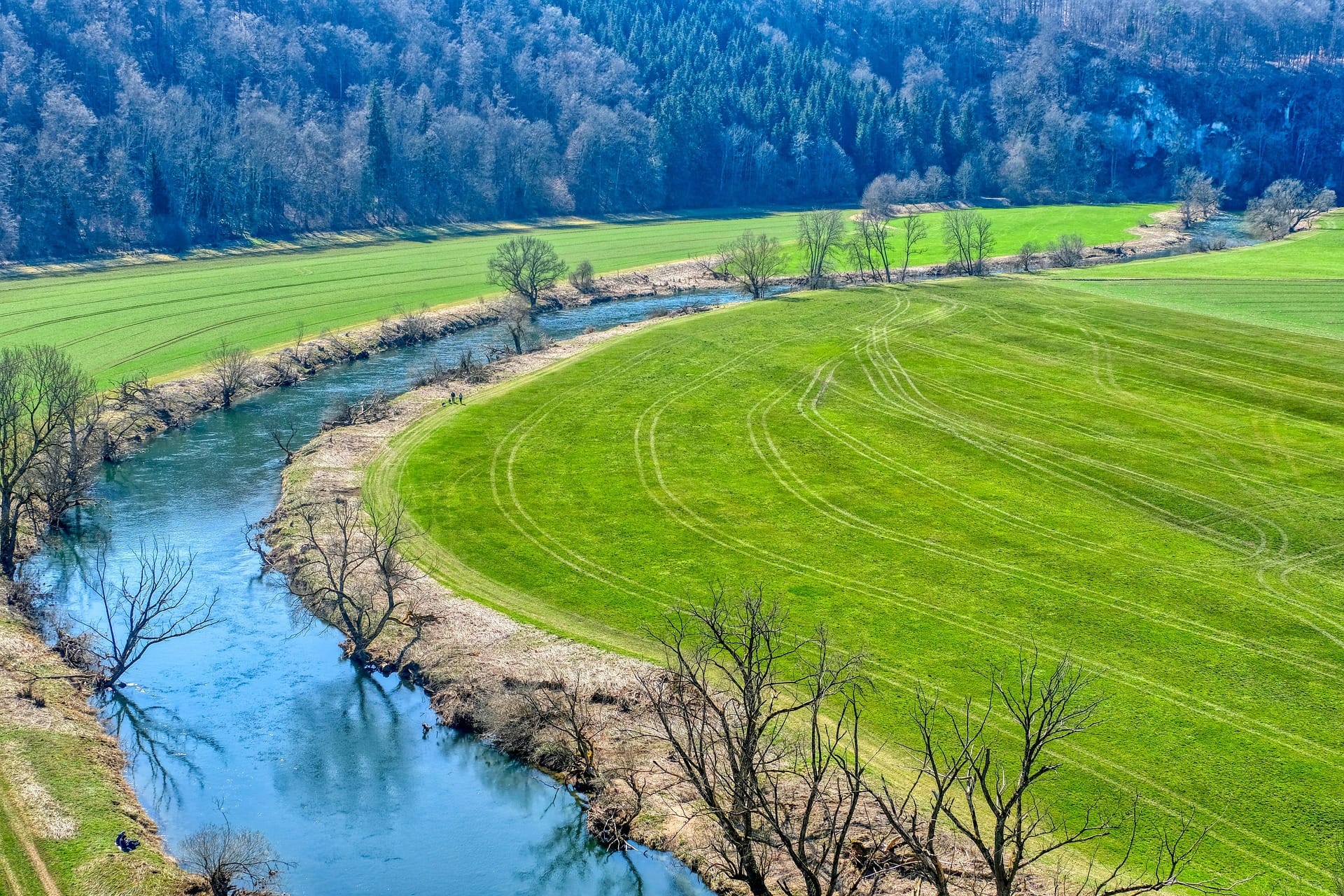
Another critical point is that leaves have a ratio of carbon and nitrogen. If the soils and plant communities along a stream are rich in nutrients, plants produce nitrogen-rich leaves, which in turn stimulate aquatic decomposers. And conversely, when the atmosphere is full of excess carbon due to human activity, leaves end up with more carbon than nitrogen, which greatly reduces the activity of aquatic decomposers.
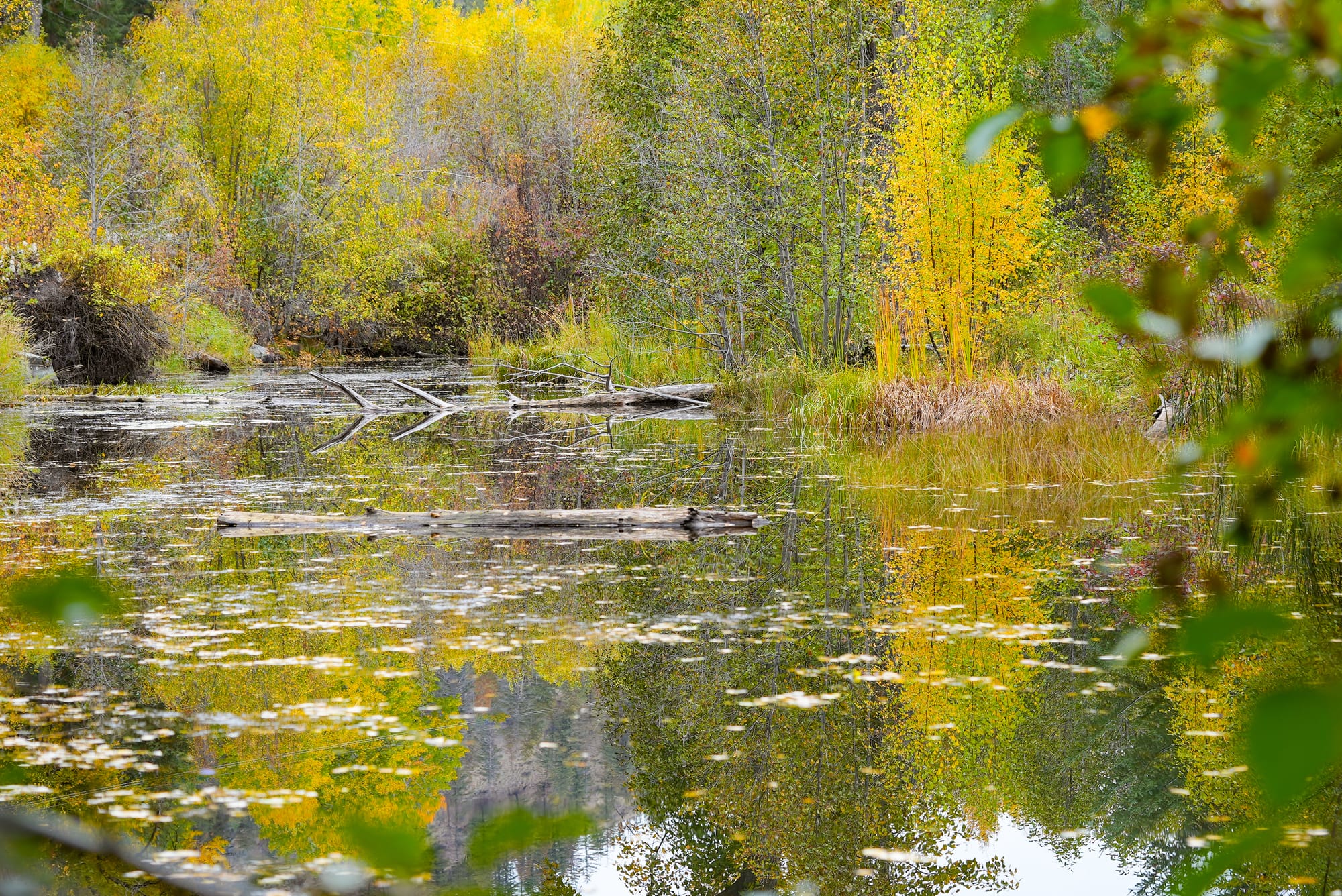
In other words, this is a big story, and it's one way that humans are having a bigger impact on stream ecology than you might realize.

Further reading:
If you're interested in learning more, a paper called Revisiting the Fates of Dead Leaves That Fall into Streams provides a thorough scientific review of this topic. If you don't want to wade through the technical jargon, this short popular article is easier to digest.

Member discussion